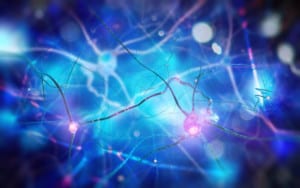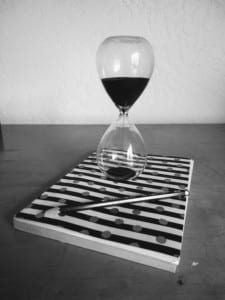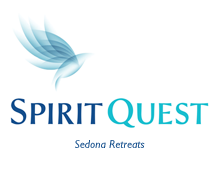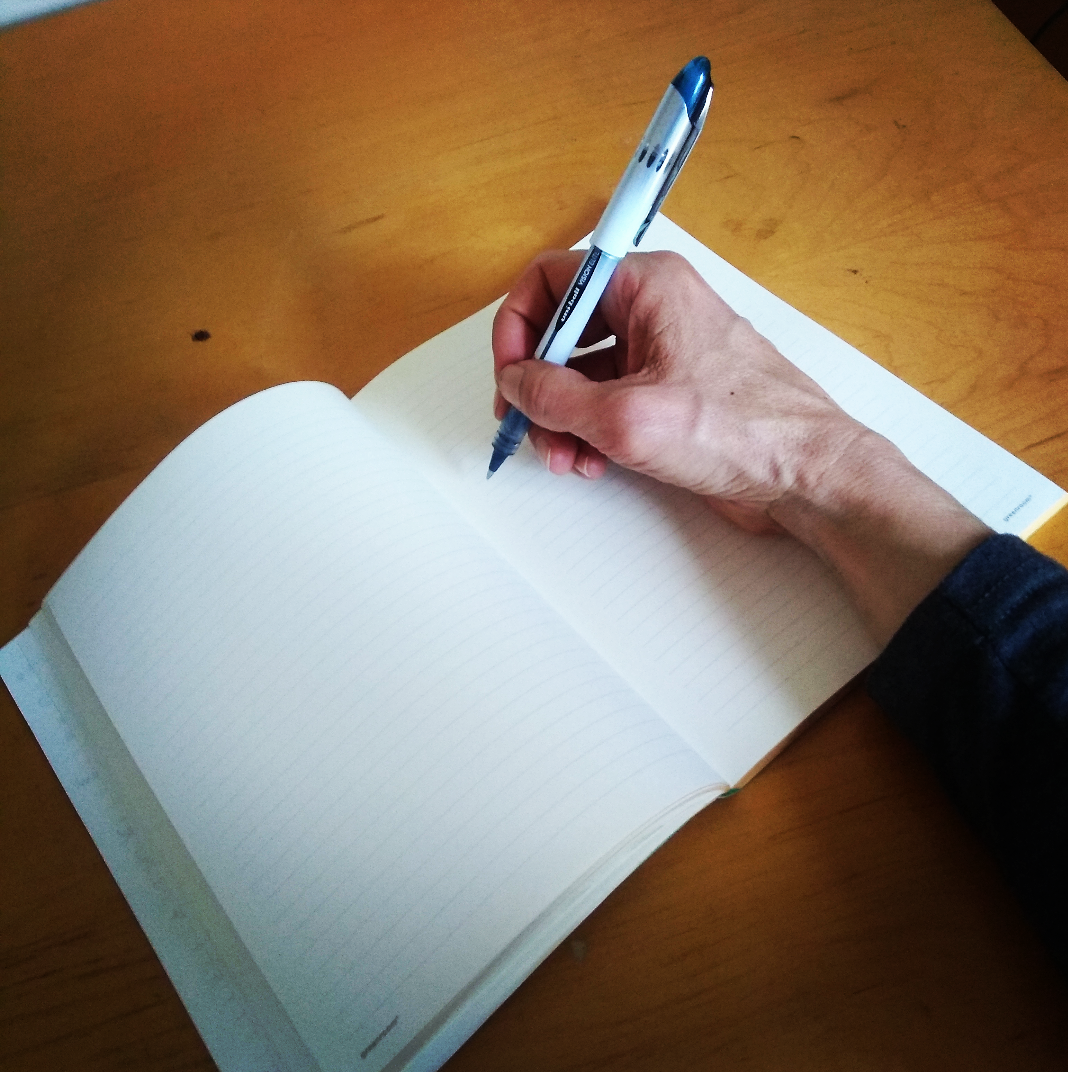Self-Care Through Processing & Gratitude
The practice of journaling has received great attention as one of the most affordable and helpful wellness tools for self-care. We know that many of our greatest minds, both artists and scientists, kept journals. The activity has only recently been subject to consistent study. The results of these studies have been surprising. Journaling is seen as an activity that is very helpful. Some benefits to journaling may seem more obvious like boosting memory, clarifying thinking, and boosting mindfulness. Other benefits are a little more surprising. They include improved sleep, a stronger immune system, inner healing, and a higher IQ.
Processing Trauma

.
One of the most powerful uses of journaling is that it provides a safe, self-regulated space to acknowledge and process traumatic events. It organizes events in the mind, keeping the subconscious from chronically processing traumatic (even minimally traumatic) events as we sleep. Better sleep leads to better immunity and, pretty much everything.
Self-Care Enhances Self-Confidence
Journaling can also improve our communication skills and help our self-confidence. As we clarify our thinking, and voice, and hopefully let go of our silly or unhelpful thoughts, we can embrace our better ideas. Our more mature and nuanced ideas. Writing is also inherently an activity of both emotion and cognition, thus it helps unify the mind and emotions. Bringing heart to our thoughts, logic, and clear thinking to our hurts facilitates more self-care.
Many Ways to Journal So You Can Pick What Works for You
There are many ways to journal. By writing first thing in the morning, before you are fully awake, the subconscious may be more alive. Doing stream-of-conscious writing can help us reveal ourselves to ourselves. The ensuing creativity and unguarded release can be a huge benefit of the subconscious. It can help us to be more honest with ourselves and assist in our creativity and self-exploration. Journaling privately or with others at a healing retreat can be life-changing.
However, more controlled journaling can help as well, in fact, writing about traumatic events may be one of the most helpful forms of journaling and has a lot of scientific support. As long as the journaling doesn’t devolve into persistent rumination, it can help process and release trauma. Combine trauma writing with a gratitude and idea journal to help ensure your journaling helps process emotion and is a supportive practice in finding helpful and skillful solutions to life’s problems.
But Where to Start For Self-Care?
So, what should you write about? Only your subconscious mind and the inner workings of your heart know the answer to this. It’s best to not overthink it. Once you get started in this form of self-care, ideas usually flow so fast that it’s hard to keep up. While typing is tempting to keep pace with the ideas, handwriting has the best support, especially if you want to retain what you’ve written.
Gratitude is Key
If you are really stuck, start with one thing you are grateful for. Then add one thing that was challenging about the day. Try to describe these events, reliving them and giving them life. This helps your brain work through what occurred so that hopefully you spend less time in the middle of the night working on it. End the session by thanking your journal, your pen, and the location for “holding space” for you. Why not? Gratitude is a helpful ritual to make sure we come back the next day for more and move forward in our day (or sleep) with grace.
Taking Journaling to the Next Level
If you are interested in taking your journaling to the next level, I recommend reading “Change Your Handwriting, Change Your Life” by Vimala Rogers. Many of us learned to write in cursive based on the Palmers Index, a style of writing that often does not lead to heightened self-awareness or self-actualization. The style that Vimala proposes is based on Sanskrit.
As you continue to learn about neuroplasticity, you can decide to intentionally change your handwriting to change your inner worlds causing you to “sort for” outer events that support your newfound world. With each stroke of the pen, consciously altering the formation of your letters, words, and margins, you focus
and concentrate on the inner changes as neural pathways are reconnected. Journaling can take on a meditative quality, with concentration and effort towards achieving a perfect stroke. To pave the connection between synapses requires 400 repetitions, if done as a job, the connection is made within 40 repetitions if done playfully.




